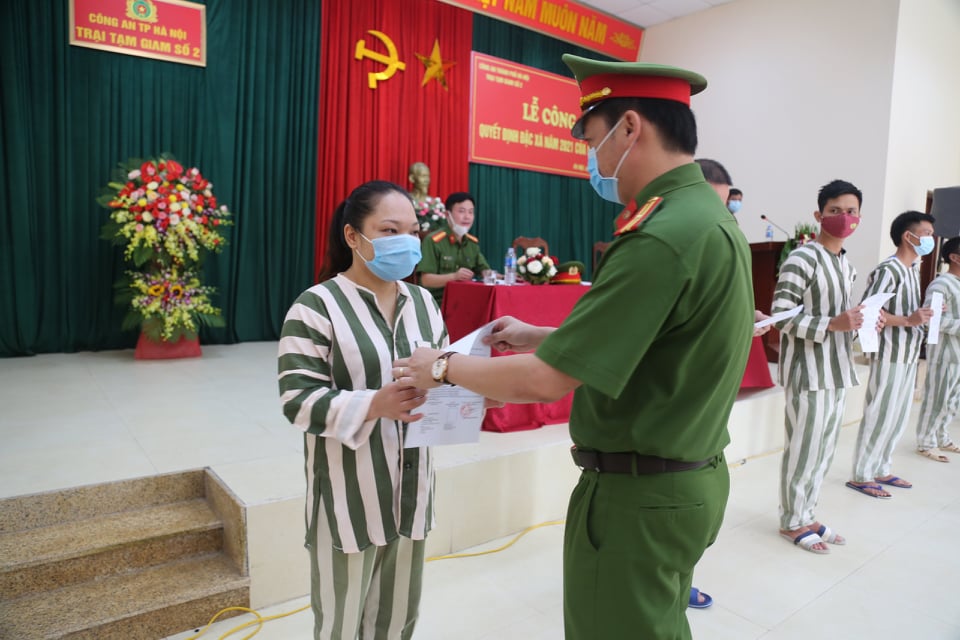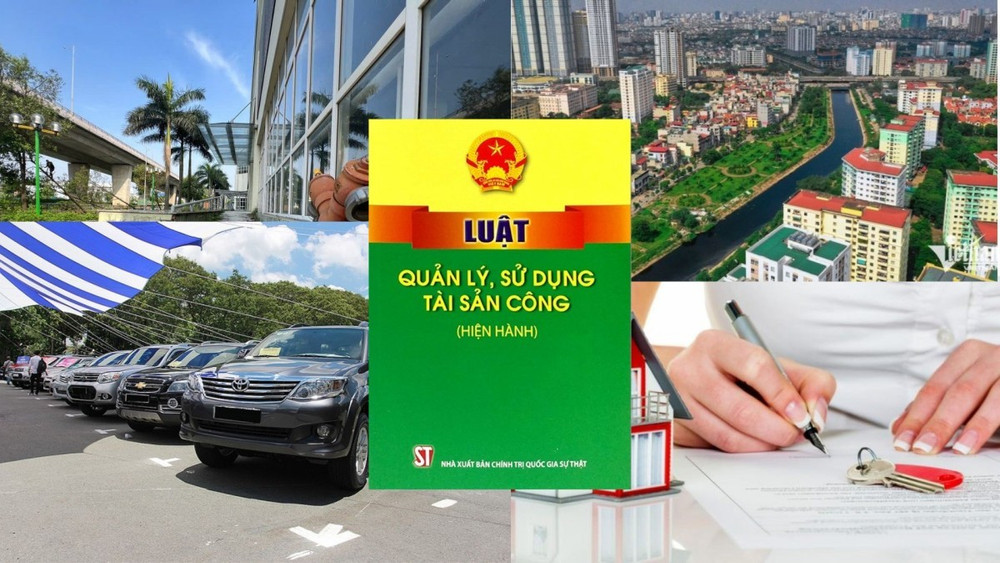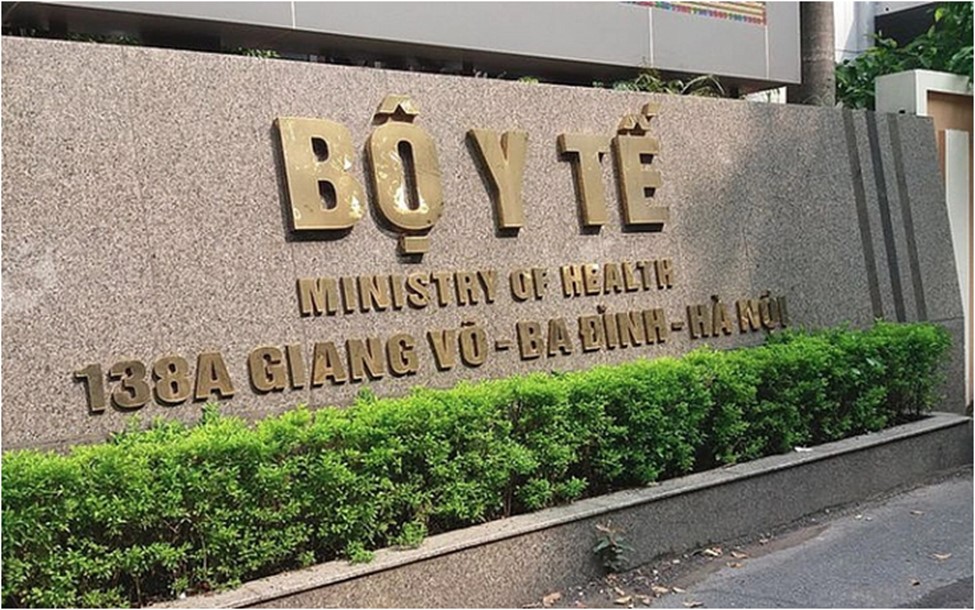Guidance on road classification by decentralization in Vietnam from January 1, 2025
The following text pertains to the guidance on road classification by decentralization in Vietnam from January 1, 2025, as stipulated in the Road Law 2024.

Guidance on road classification by decentralization in Vietnam from January 1, 2025 (Internet image)
1. Guidance on road classification by decentralization in Vietnam from January 1, 2025
According to the provisions of Clause 1, Article 8 of the Law on Road 2024, decentralized roads include: national highways, provincial roads, district roads, commune roads, village roads, urban roads, specialized roads, and are determined as follows:
- A national highway is a road that connects the capital Hanoi with provincial administrative centers; roads that connect provincial administrative centers; roads that are of important significance for economic-social development, ensuring national defense and security in regions, areas;
- A provincial road is a road located within a province connecting the provincial administrative center with the district administrative center; roads that are of important significance for the economic-social development of the province;
- A district road is a road connecting the district administrative center with the commune, cluster of communes, or adjacent district administrative center; roads that are of important significance for the economic-social development of the district;
- A commune road is a road connecting the commune administrative center with villages and rural residential points or roads connected with adjacent communes; roads that are of important significance for the economic-social development of the commune;
- A village road is a road within the village area, a main road connecting the village with the agricultural, forestry production areas and other production, business facilities in the village area;
- An urban road is a road within the administrative boundary of the inner city, including: urban highways, streets, alleys, lanes, and others in the urban area;
- A specialized road is a road used specifically for certain agencies, organizations, individuals and internal roads.
2. Types of roads under the Responsibility of the Provincial People's Committee in Vietnam
The Provincial People's Committee is responsible for managing the following types of roads in Vietnam as specified in Clause 4, Article 8 of the Law on Road 2024:
- Managing provincial roads, national highways passing through special urban areas; national highways when decentralized; sections of national highways completed with investment in bypasses to replace them in accordance with the road network planning; sections of national highways no longer in the road network planning, except for national highways with special requirements for ensuring national defense and security; sections of national highways assigned by the Prime Minister of the Government of Vietnam based on the proposal of the Provincial People's Committee to meet the needs of economic-social development, ensuring national interests, defense, security, and local resource allocation capabilities; sections of national highways transferred to the Provincial People's Committee for management as per the regulation on the management and use of public assets;
- Stipulating the management of urban roads, district roads, commune roads, village roads;
- Managing the collector roads, side roads separated from the national highway.
3. Guidance on road classification by function in Vietnam
The road classification by function is specified in Article 9 of the Law on Road 2024 as follows:
- A main road serves primary traffic in the area, connecting traffic between areas, regions.
- A branch road is a road connecting to the main road, functioning to connect traffic between areas on both sides of the main road; connecting traffic from collector roads to the main road through intersections.
- A collector road is a road to collect the internal roads of urban, industrial, economic, residential, commercial-service areas and other roads into the main road or branch road before connecting to the main road. The collector road can be a side road as per Clause 4, Article 9 of the Law on Road 2024.
- A side road is a road built alongside sections of the main road to separate the traffic in the areas on both sides of the road from the main road. The side road is separated from the main road by a median strip, protective wall, barrier.
- A road for public traffic is a road for all people, road vehicles as per the Law on Road 2024 and other relevant laws.
- An internal road is a road within the residential area, urban, industrial, economic, commercial-service zones, and other agencies, organizations, units, serving only those allowed to enter and exit the designated areas as per Clause 6, Article 9 of the Law on Road 2024.
- Roads dedicated to pedestrians, cyclists, and others.
More details can be found in the Law on Road 2024 which comes into force in Vietnam from January 1, 2025, except for points a and b, Clause 2, Article 42, Article 43, Article 50, Clause 1, Article 84, which are effective from October 1, 2024.
- Key word:
- road
- in Vietnam
- Vietnam
- Number of deputy directors of departments in Vietnam in accordance with Decree 45/2025/ND-CP
- Cases ineligible for pardon in Vietnam in 2025
- Decree 50/2025 amending Decree 151/2017 on the management of public assets in Vietnam
- Circular 07/2025 amending Circular 02/2022 on the Law on Environmental Protection in Vietnam
- Adjustment to the organizational structure of the Ministry of Health of Vietnam: Certain agencies are no longer listed in the organizational structure
- Vietnam aims to welcome 22-23 million international tourists in Vietnam in 2025
-

- Number of deputy directors of departments in Vietnam ...
- 15:04, 05/03/2025
-

- Cases ineligible for pardon in Vietnam in 2025
- 14:43, 05/03/2025
-

- Decree 50/2025 amending Decree 151/2017 on the ...
- 12:00, 05/03/2025
-

- Circular 07/2025 amending Circular 02/2022 on ...
- 11:30, 05/03/2025
-

- Adjustment to the organizational structure of ...
- 10:34, 05/03/2025
-

- Notable new policies of Vietnam effective as of ...
- 16:26, 11/04/2025
-
.Medium.png)
- Notable documents of Vietnam in the previous week ...
- 16:21, 11/04/2025
-
.Medium.png)
- Notable documents of Vietnam in the previous week ...
- 16:11, 02/04/2025
-
.Medium.png)
- Notable new policies of Vietnam to be effective ...
- 16:04, 02/04/2025
-
.Medium.png)
- Notable new policies of Vietnam effective from ...
- 14:51, 21/03/2025

 Article table of contents
Article table of contents
